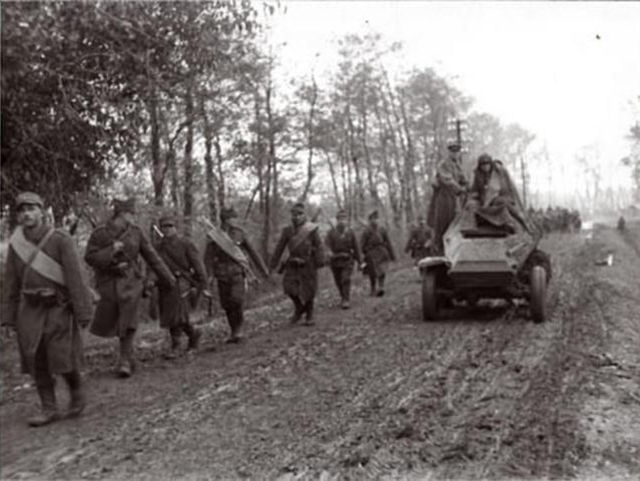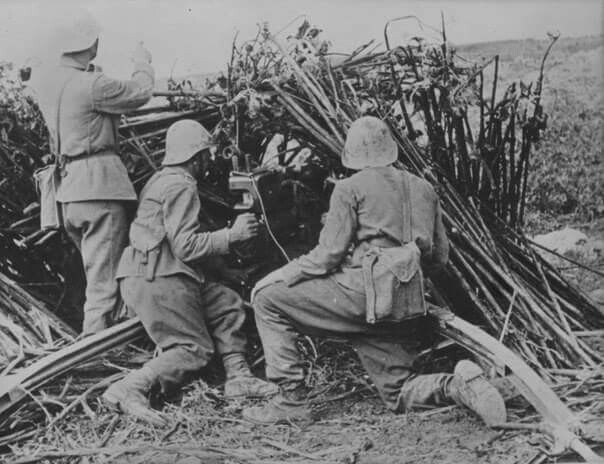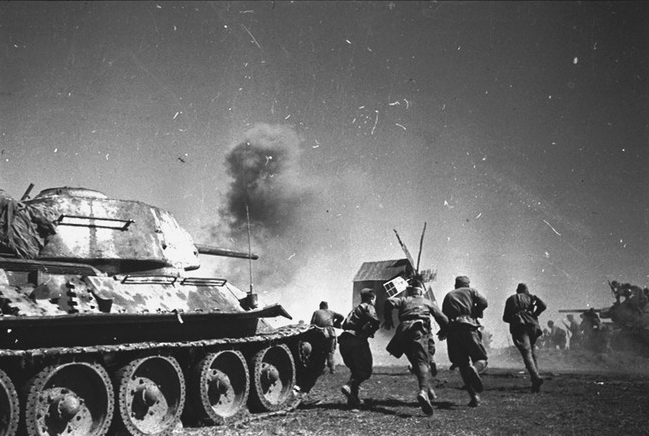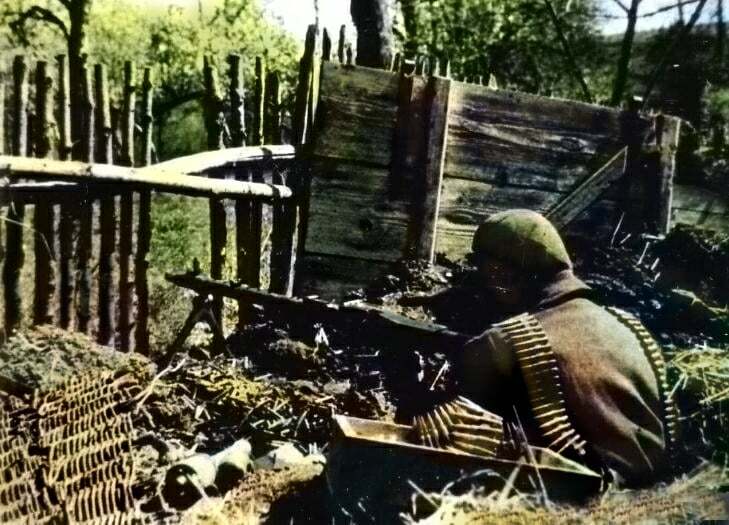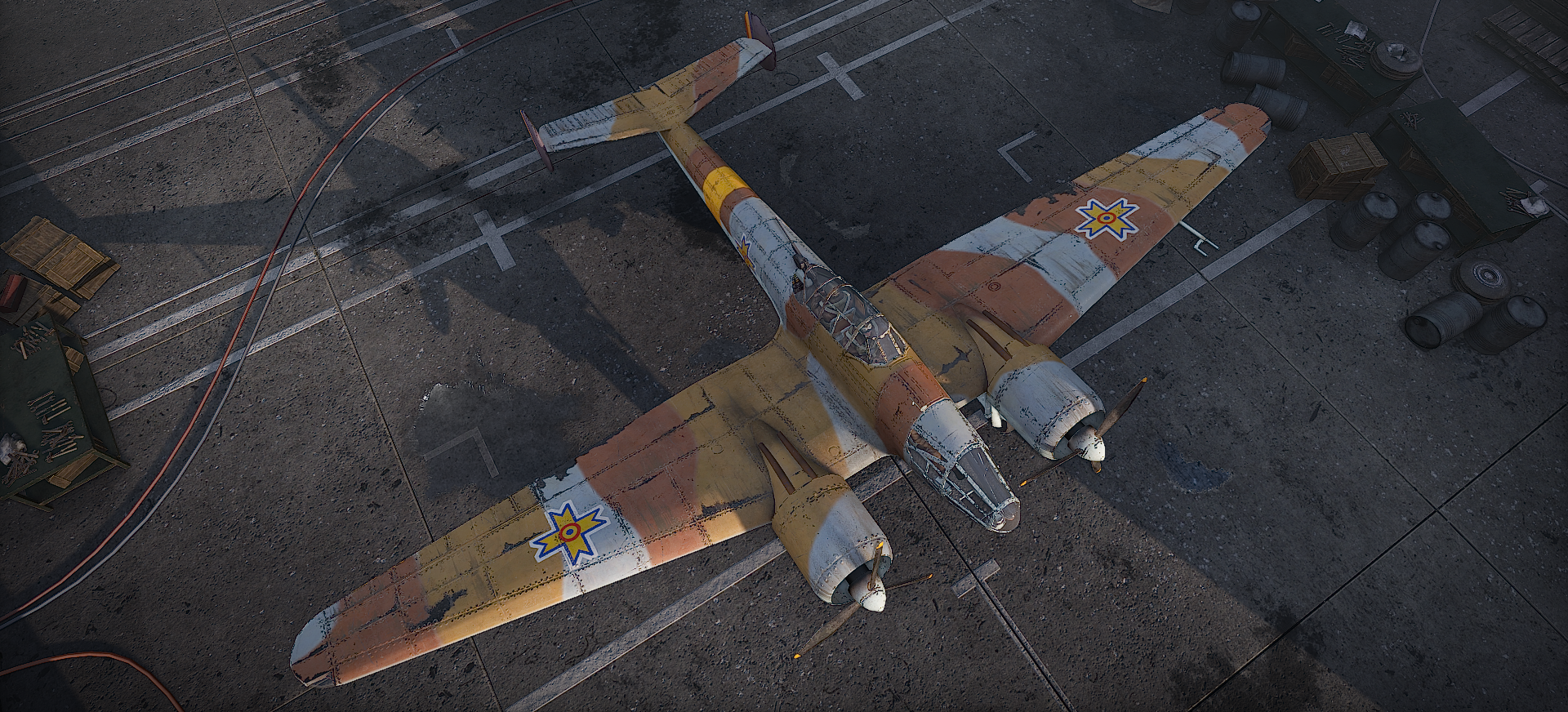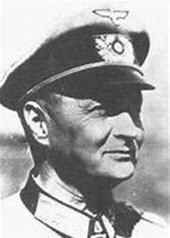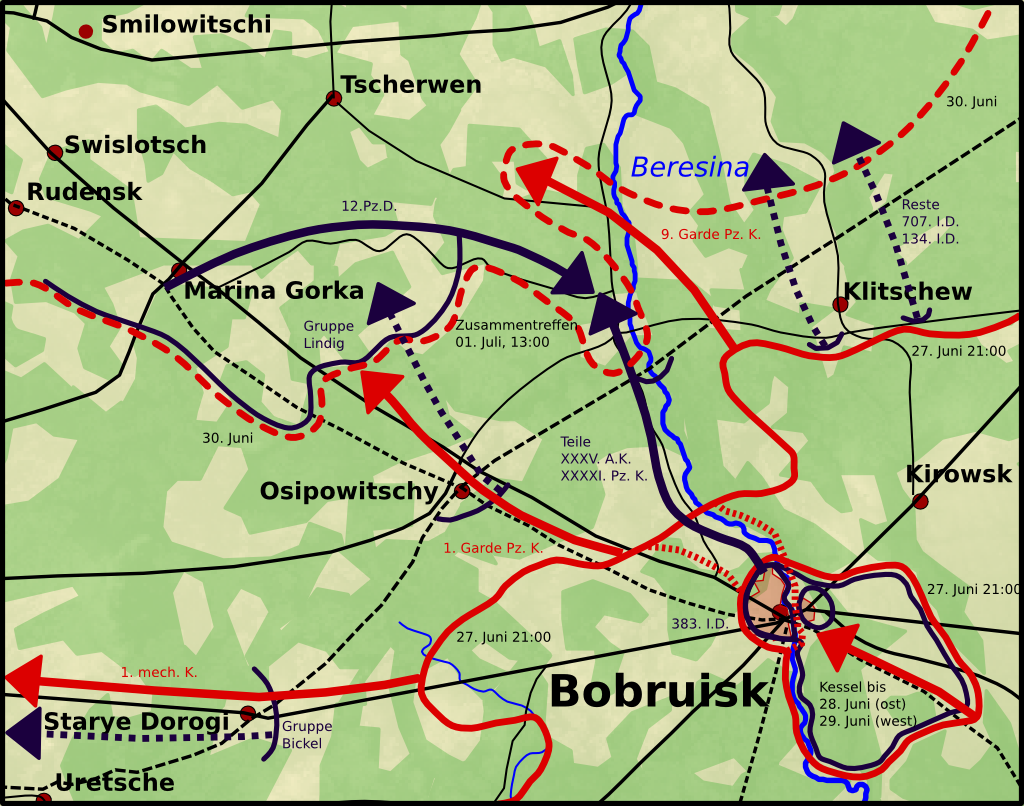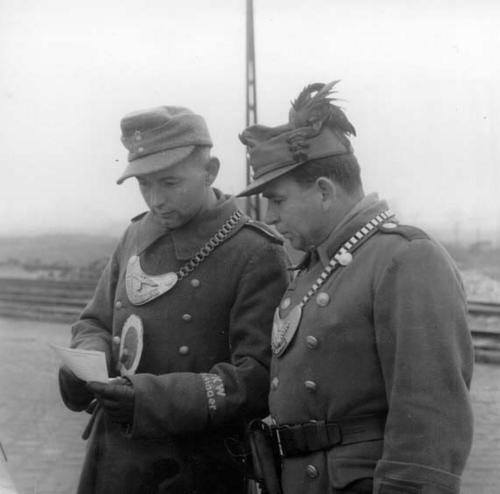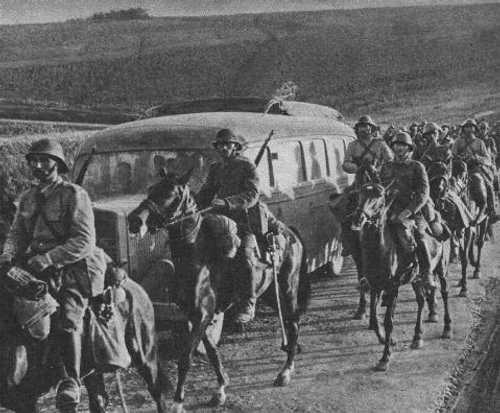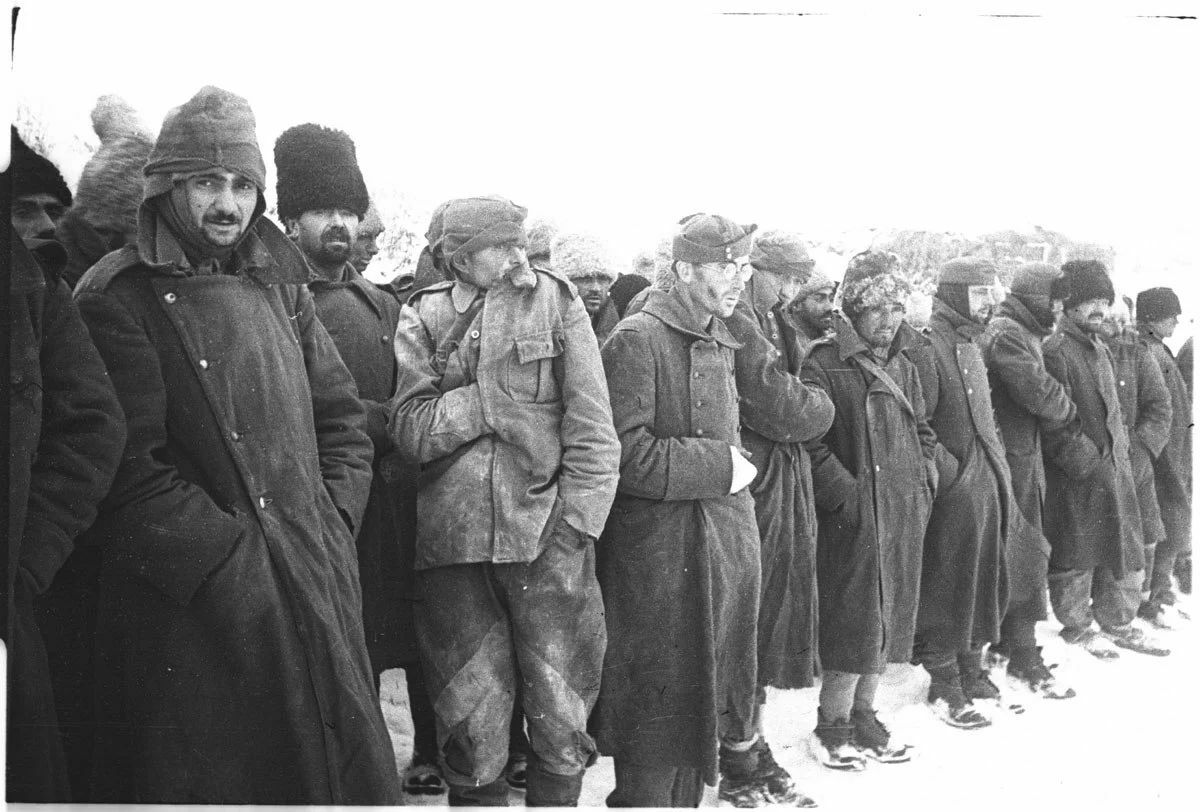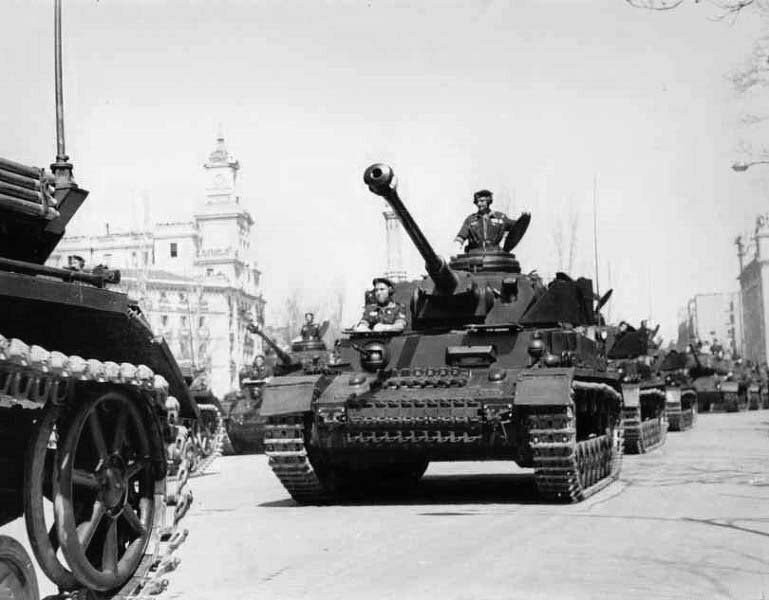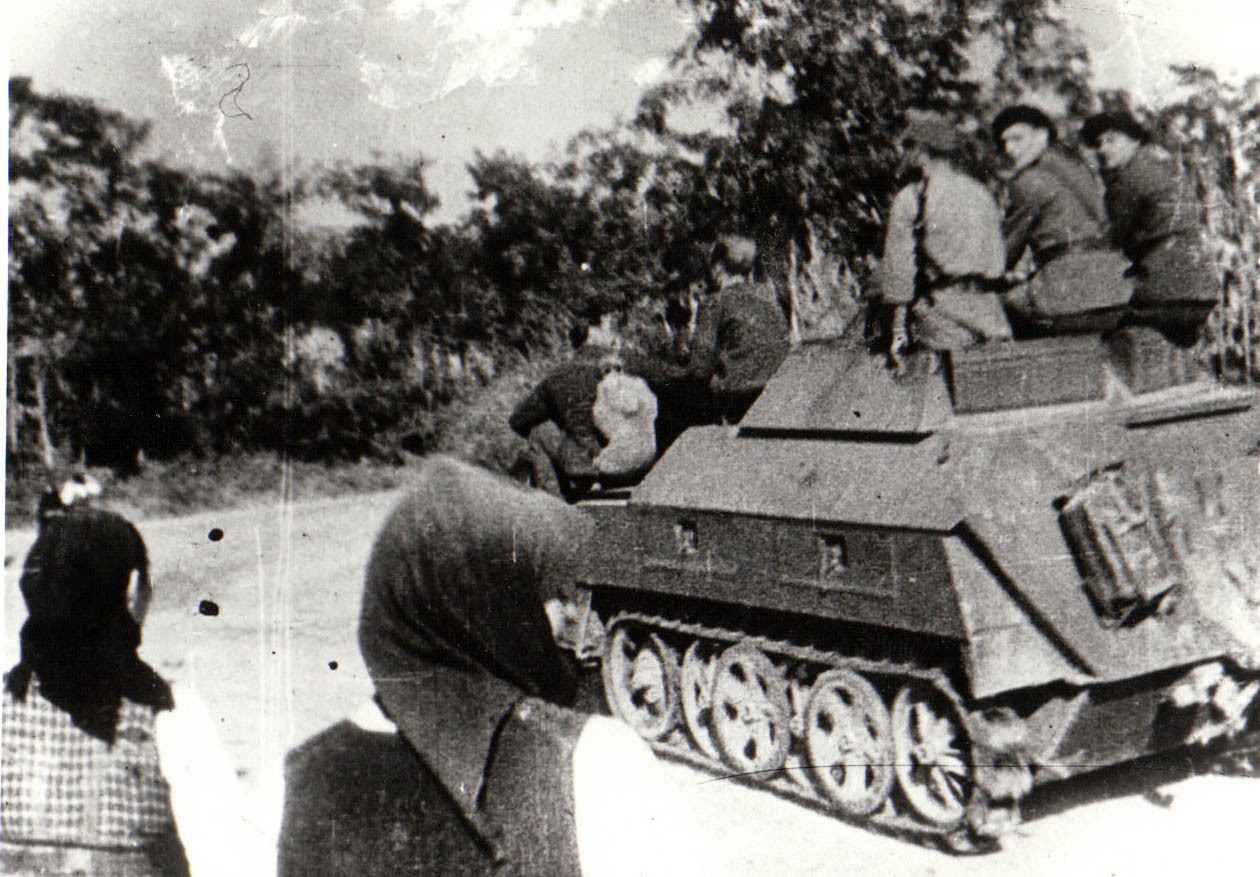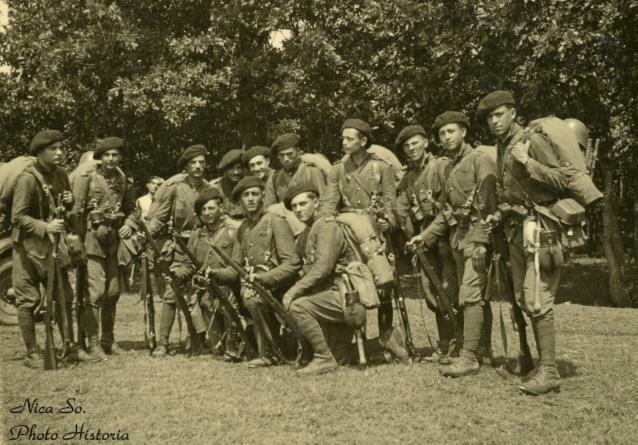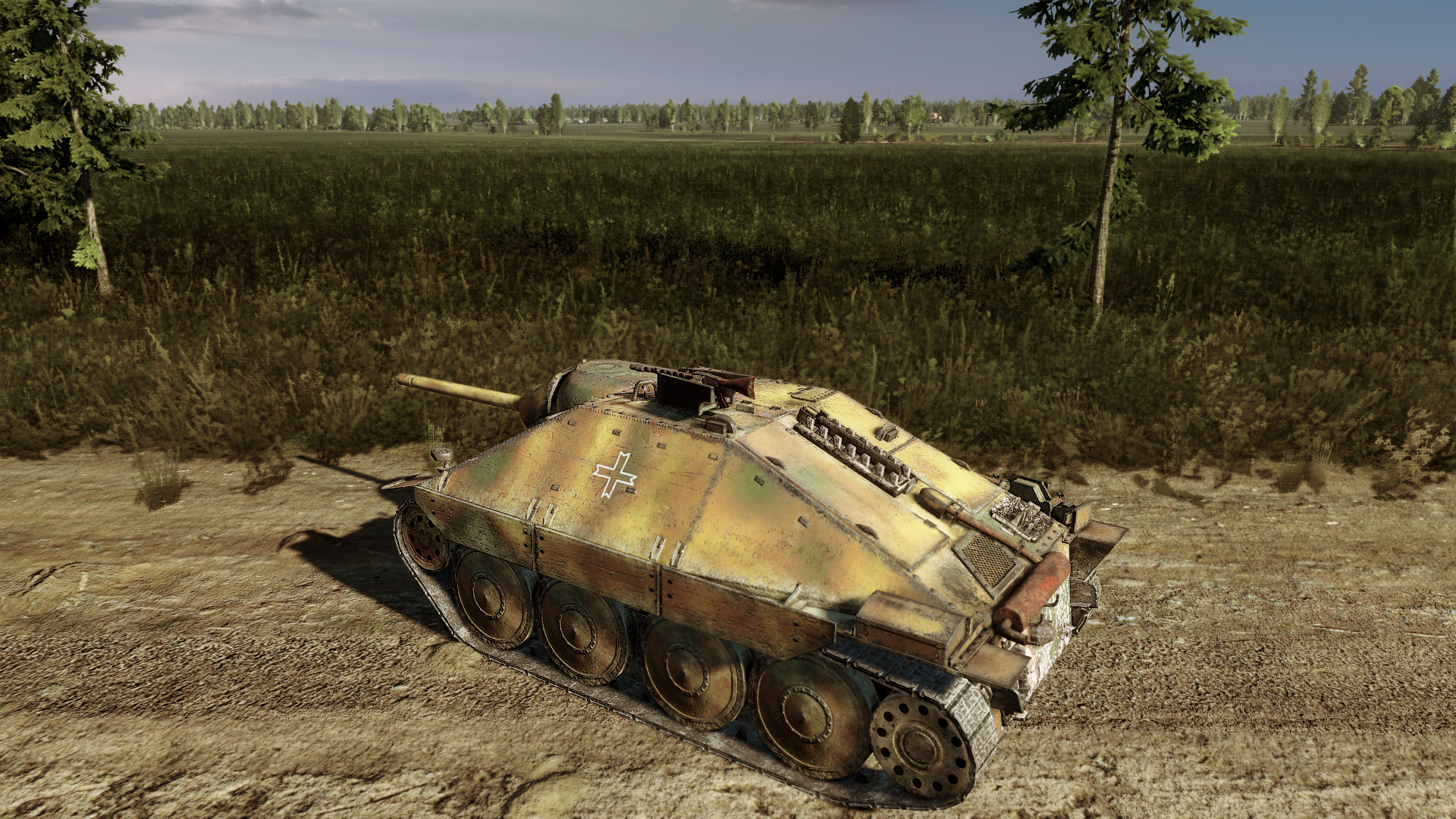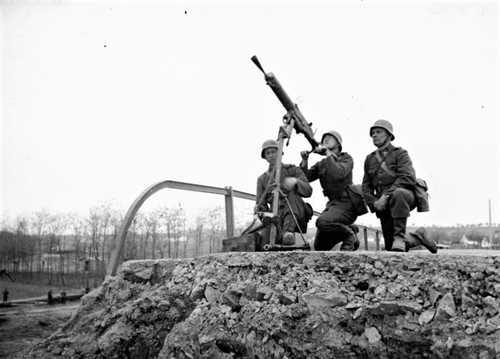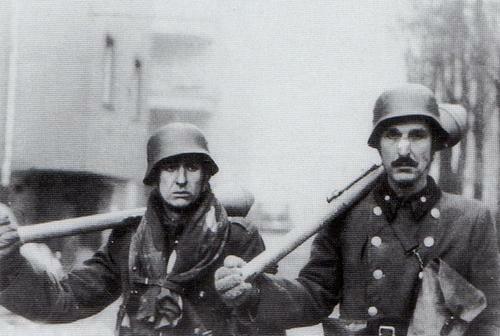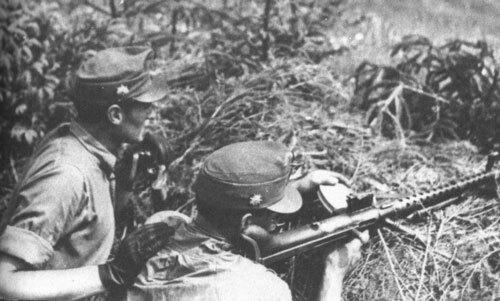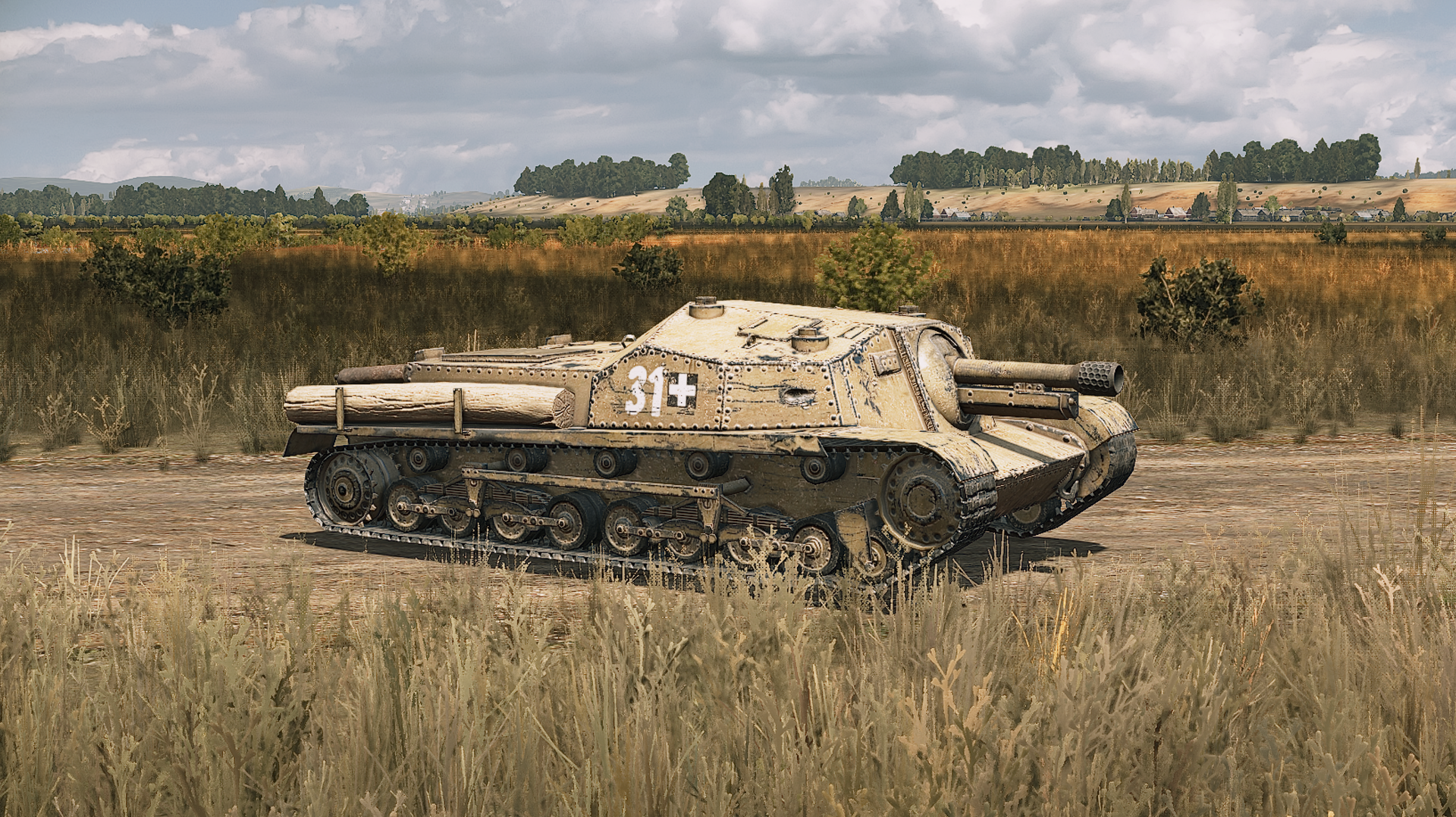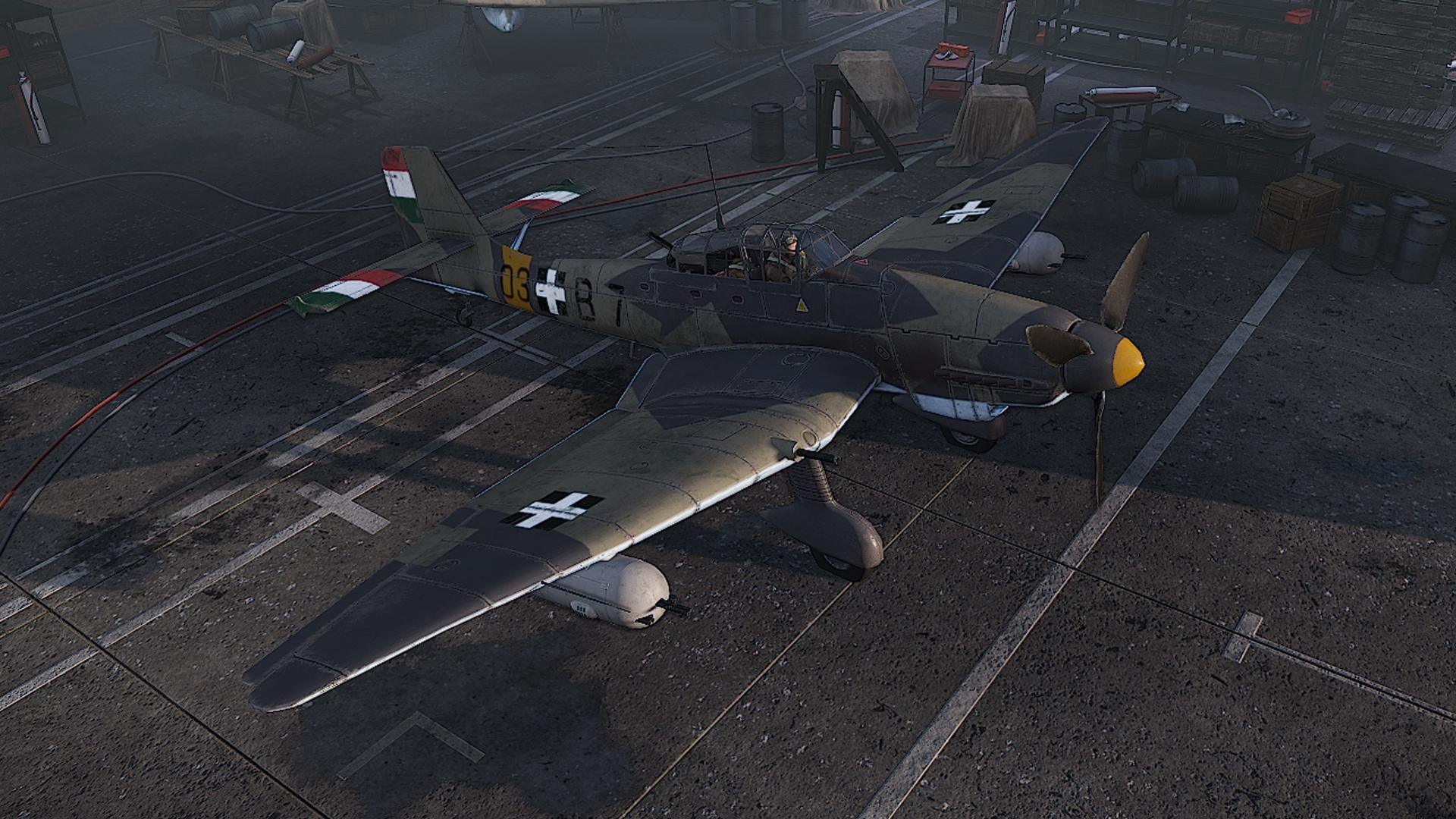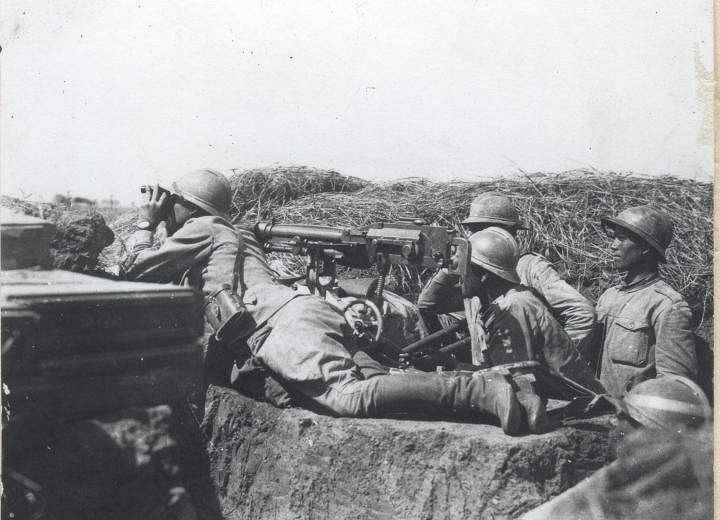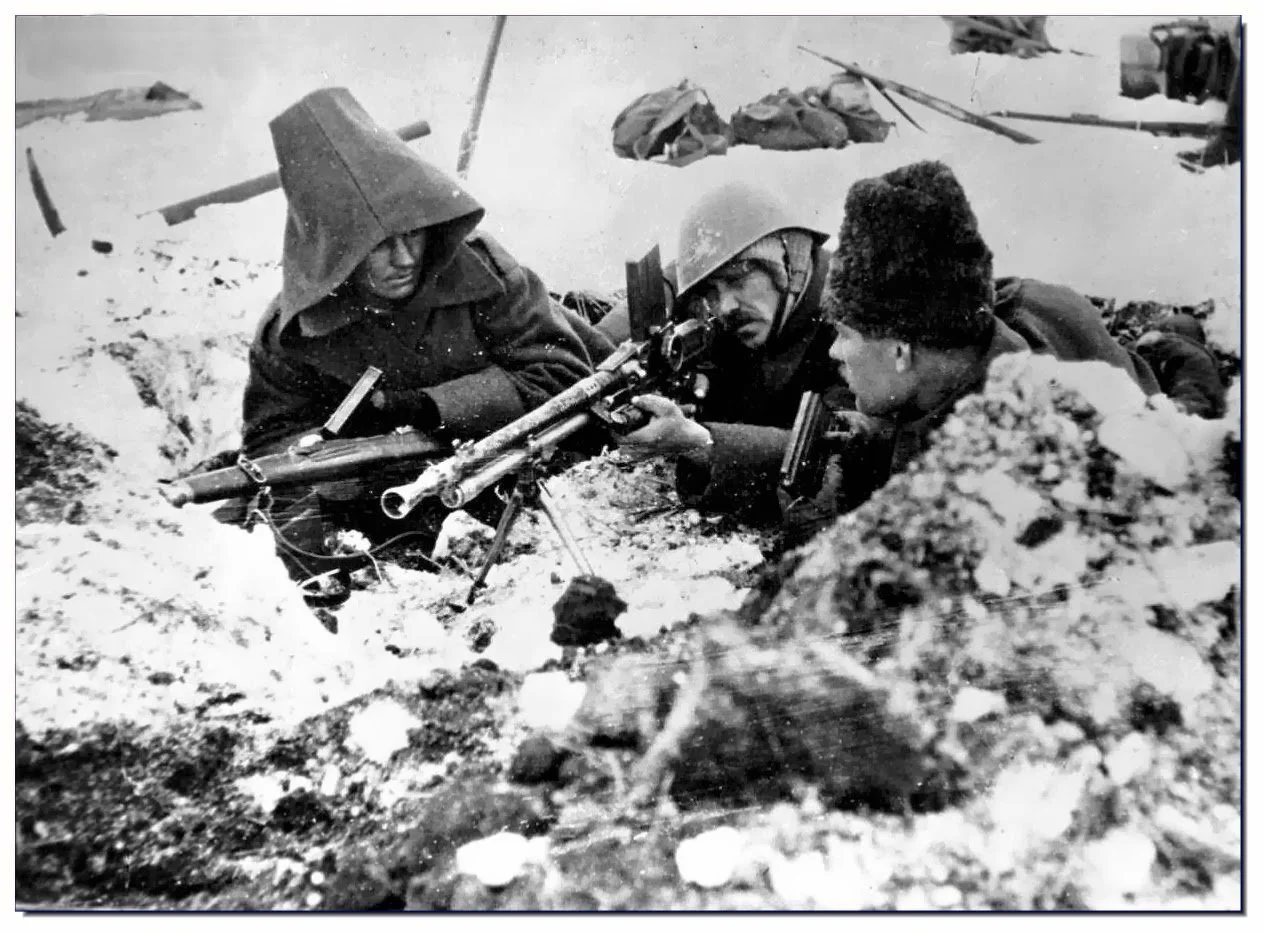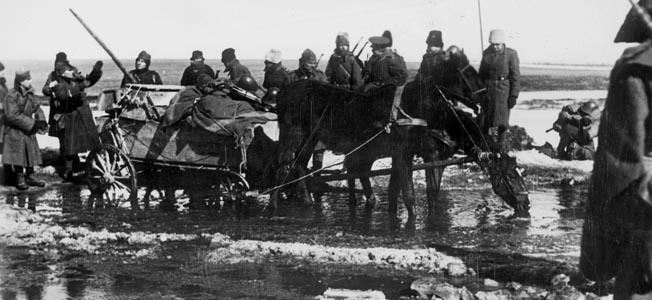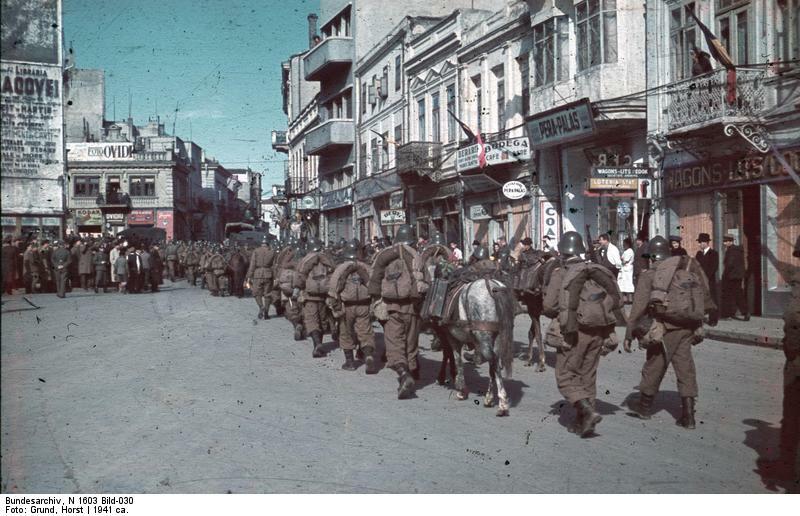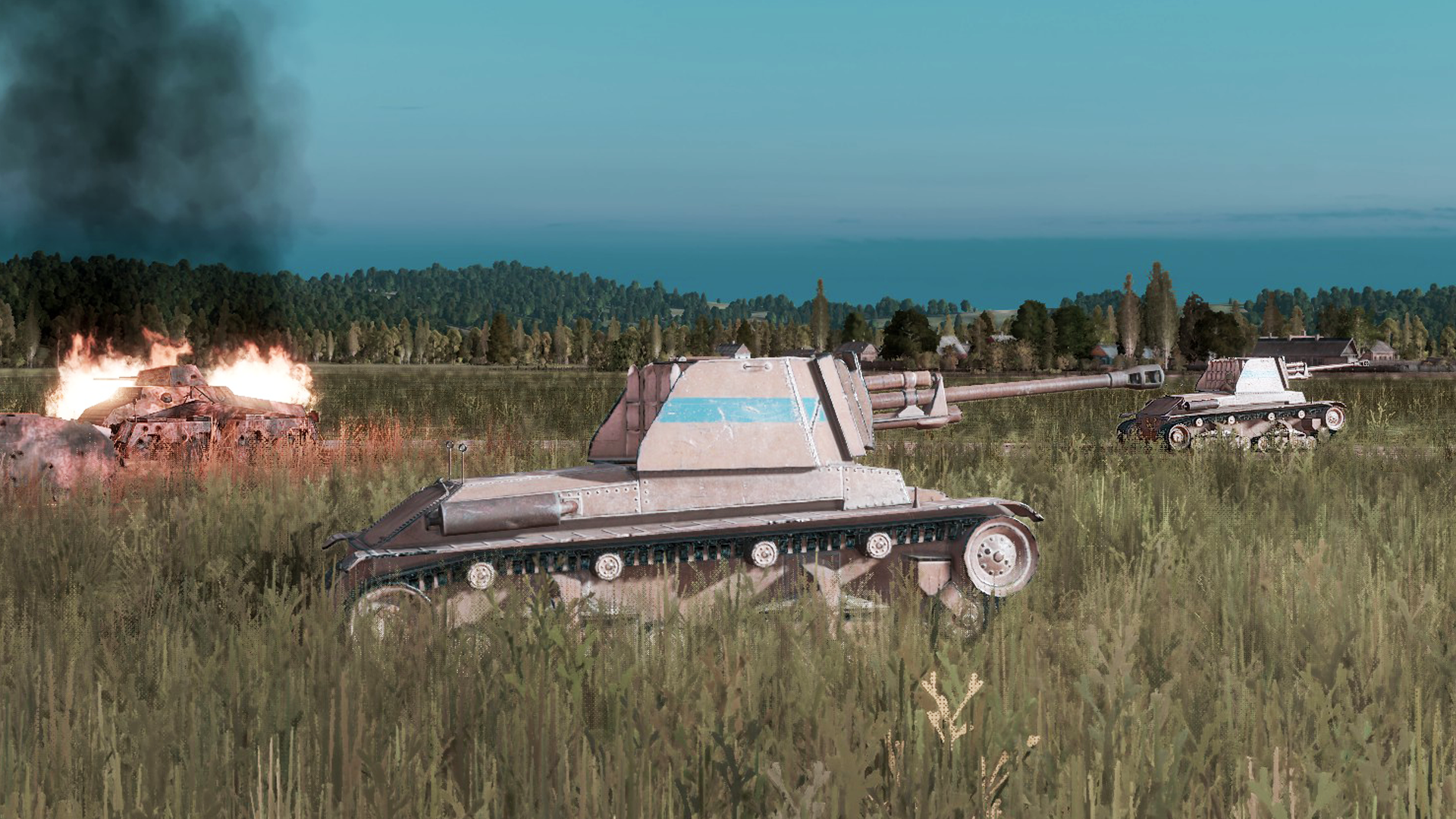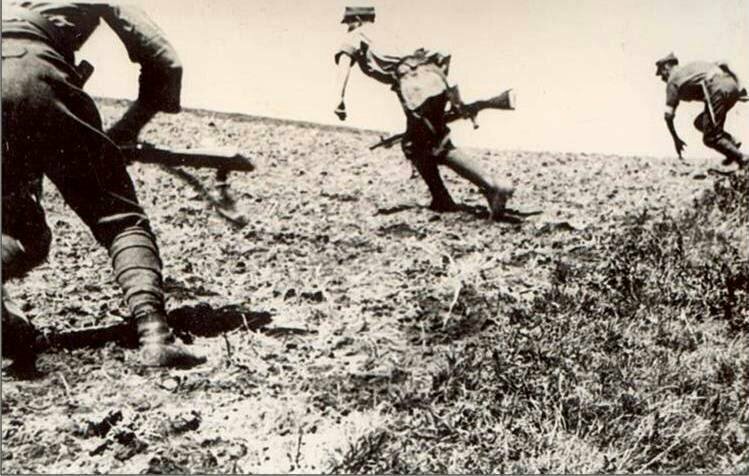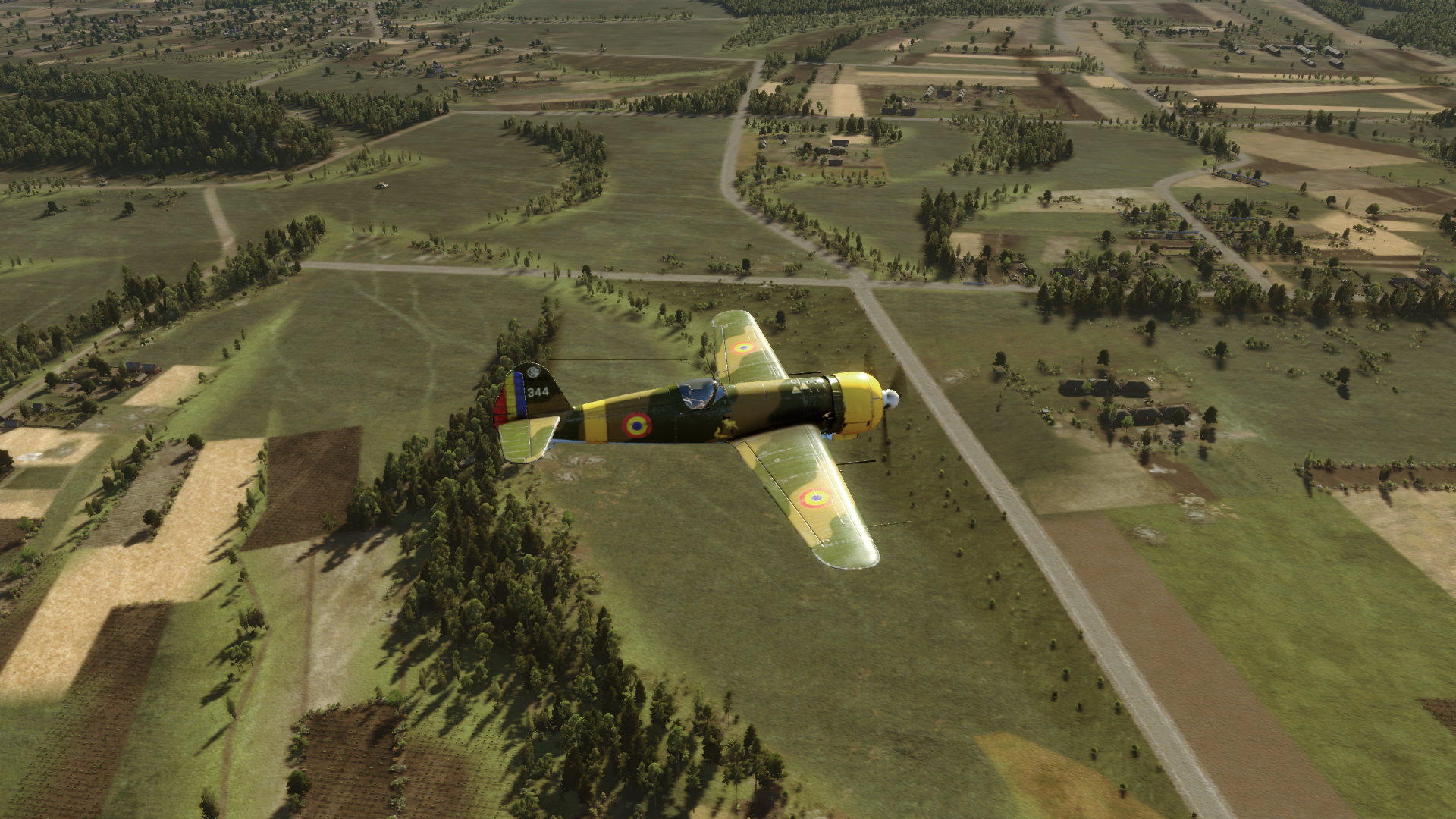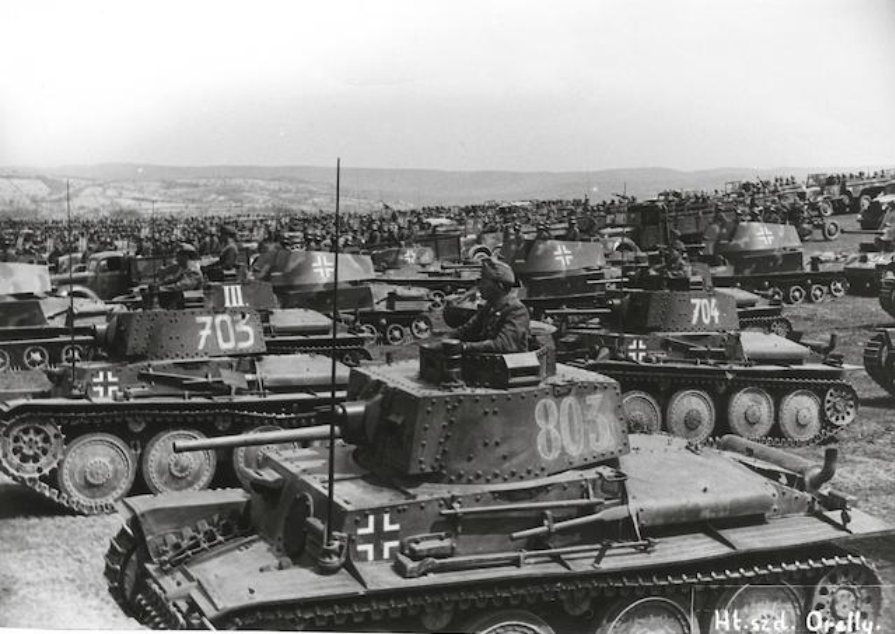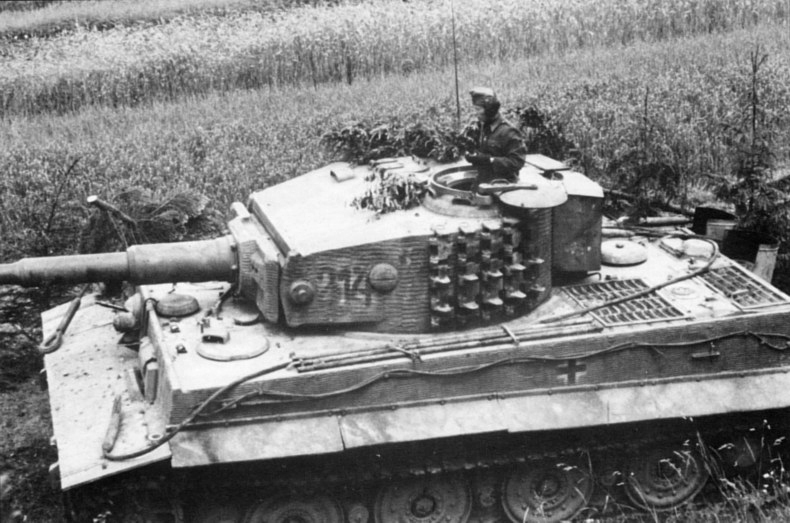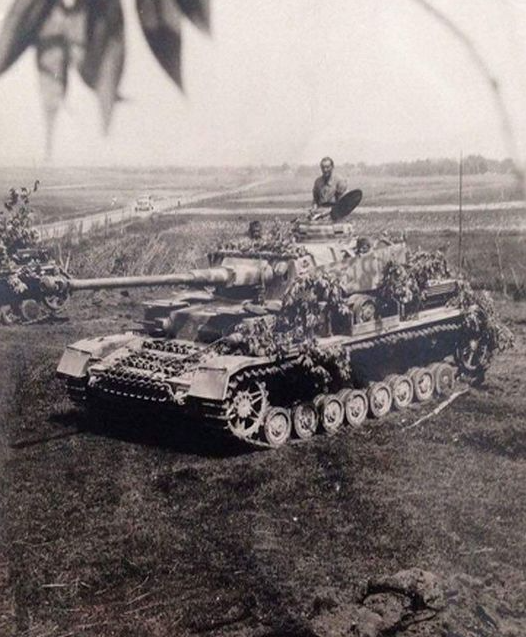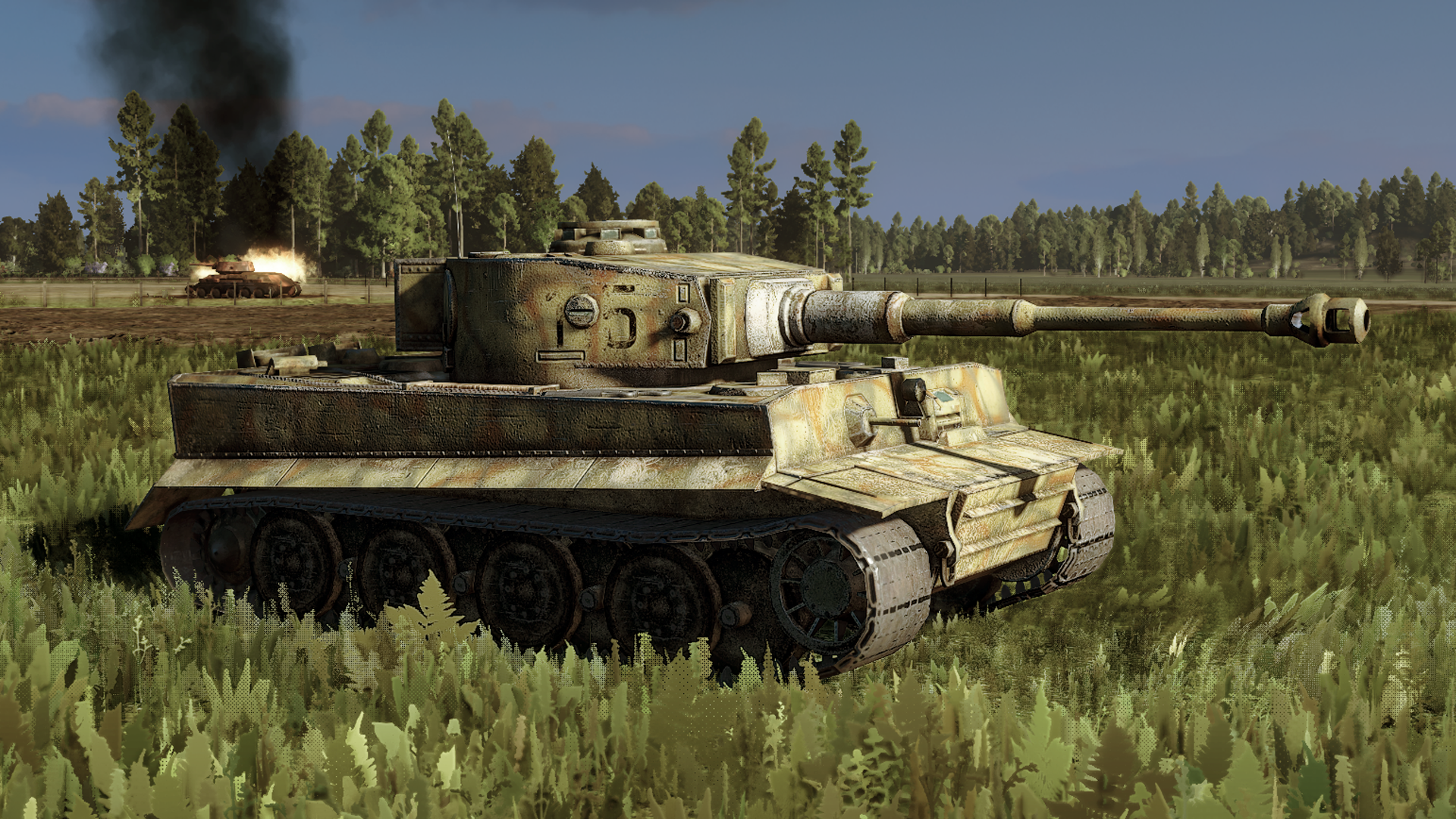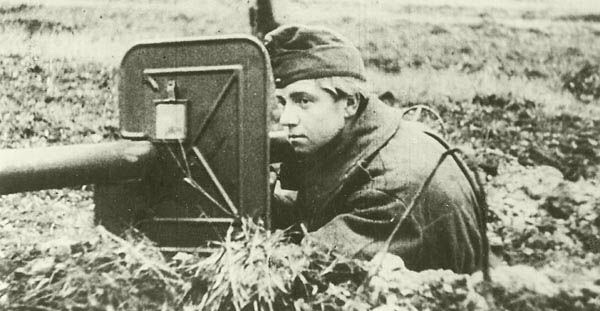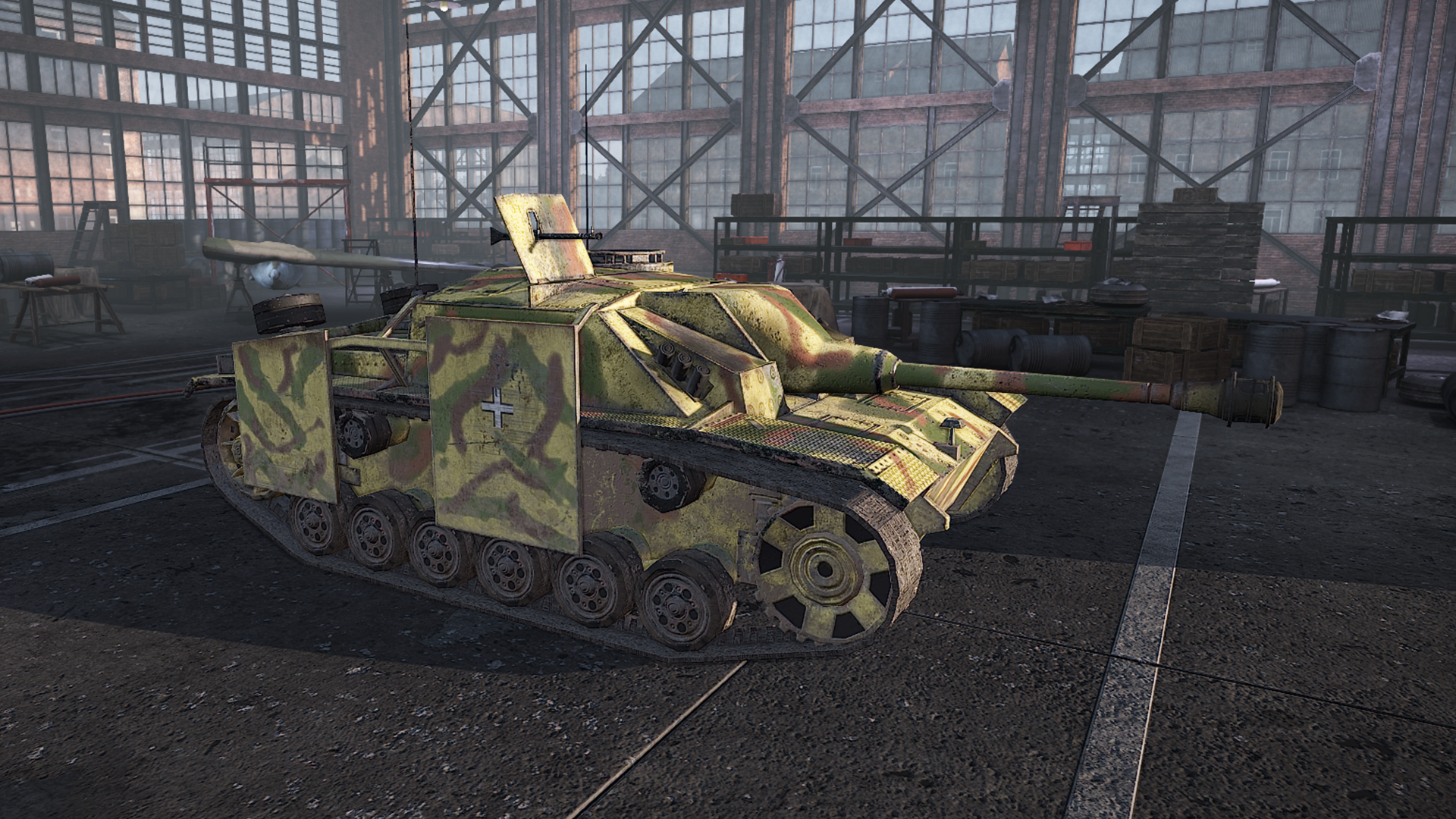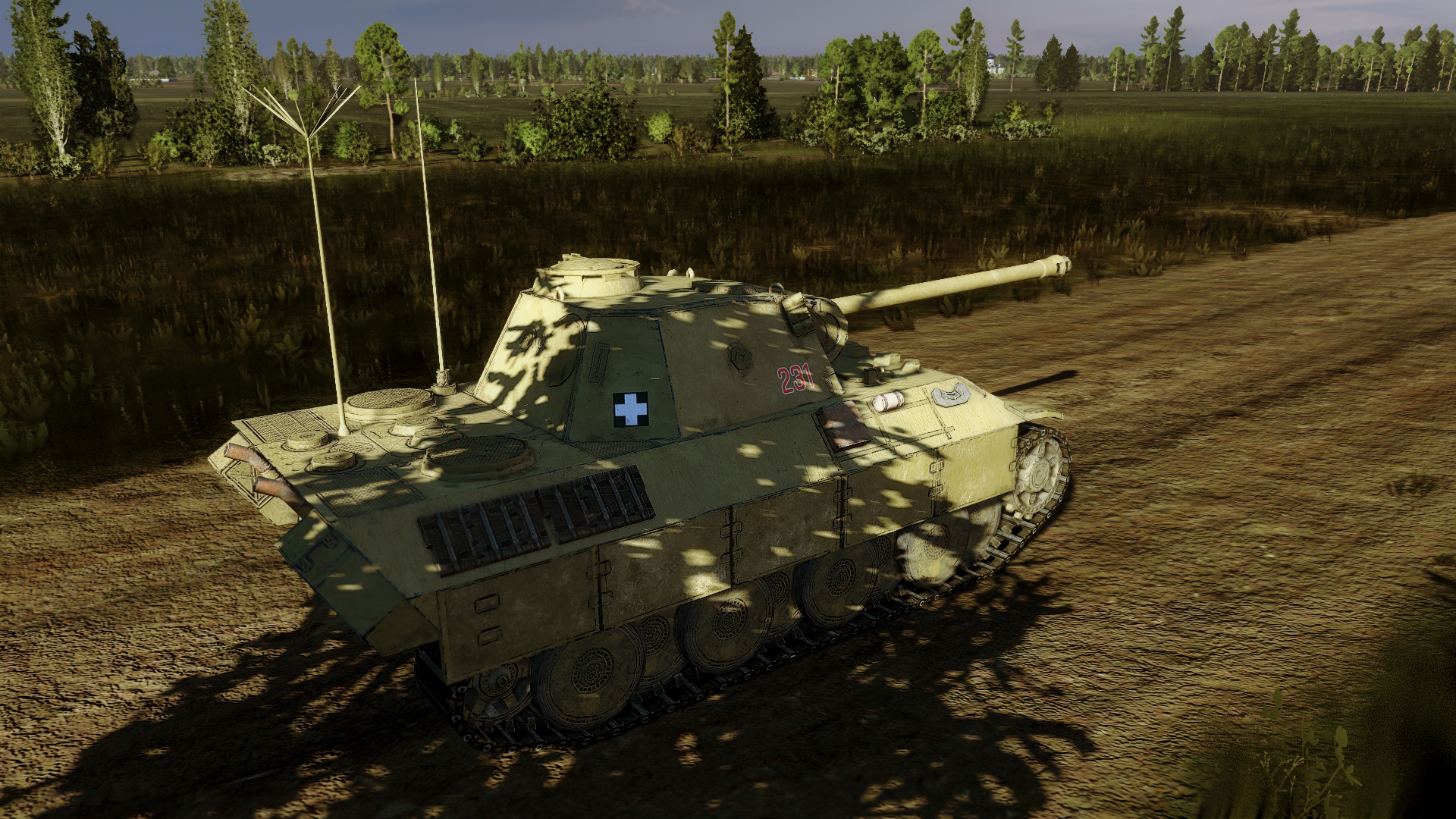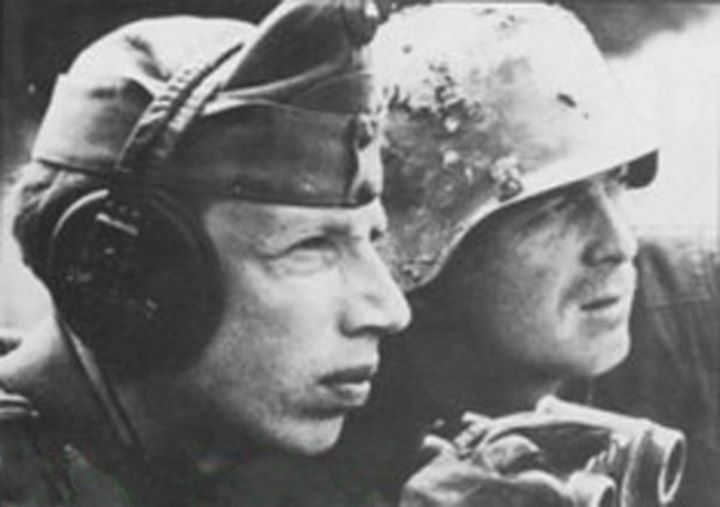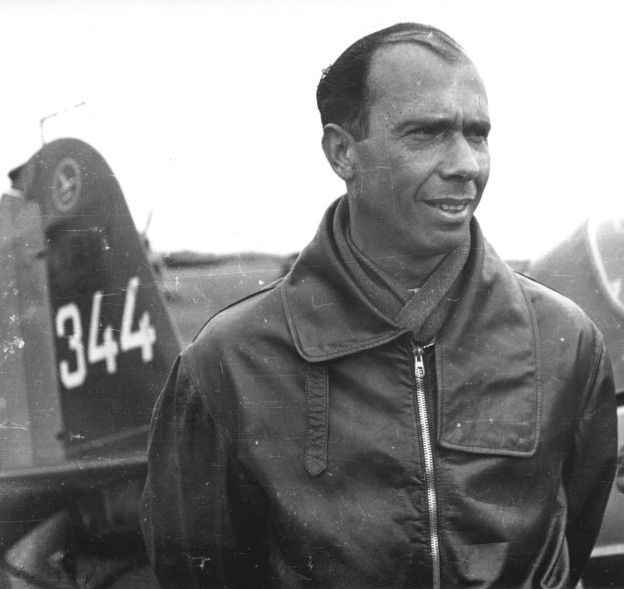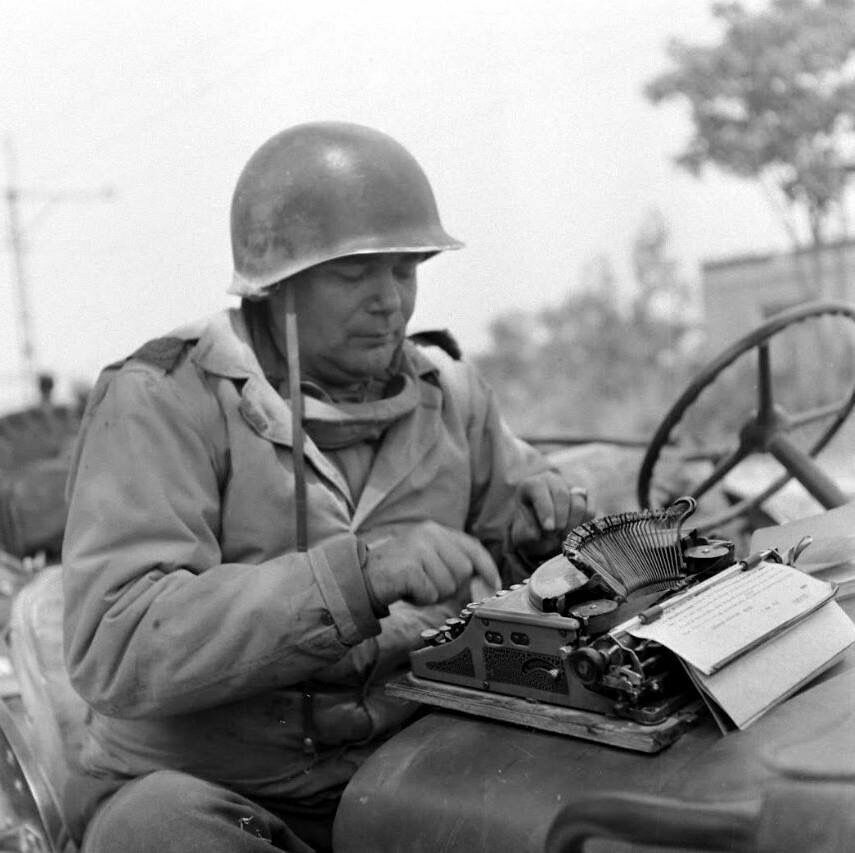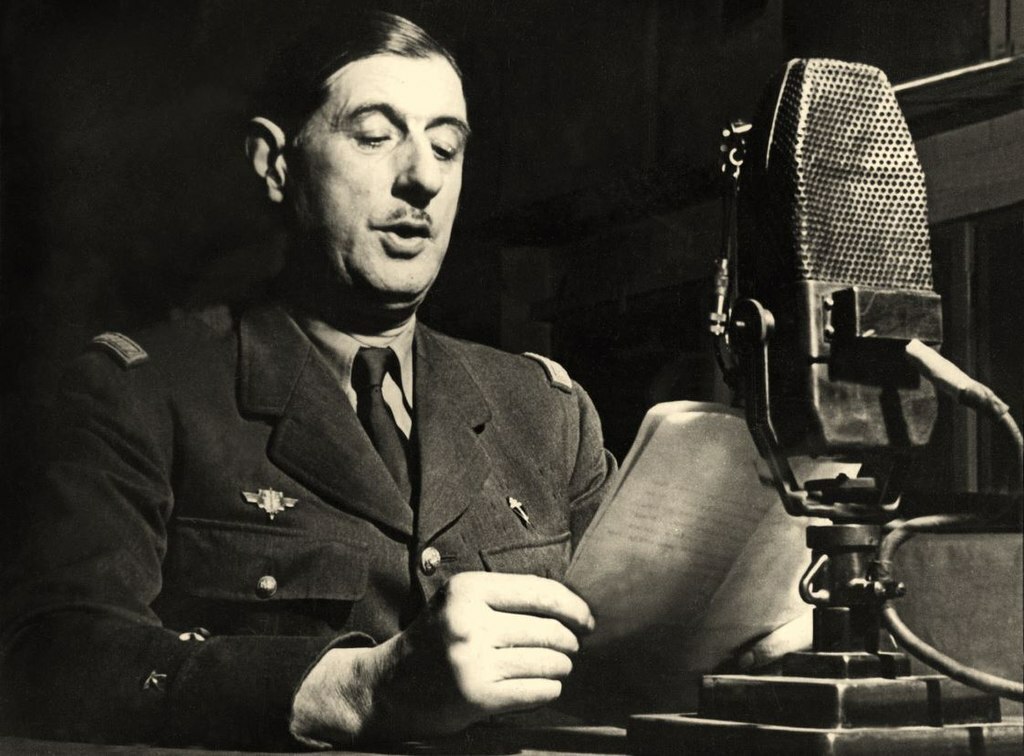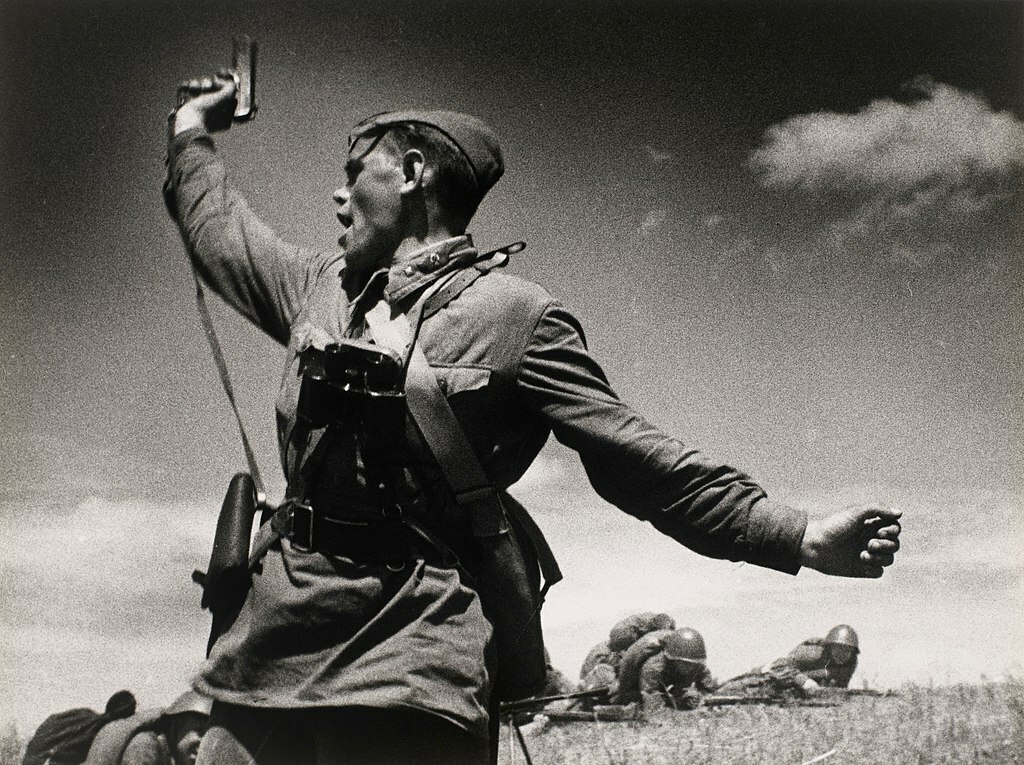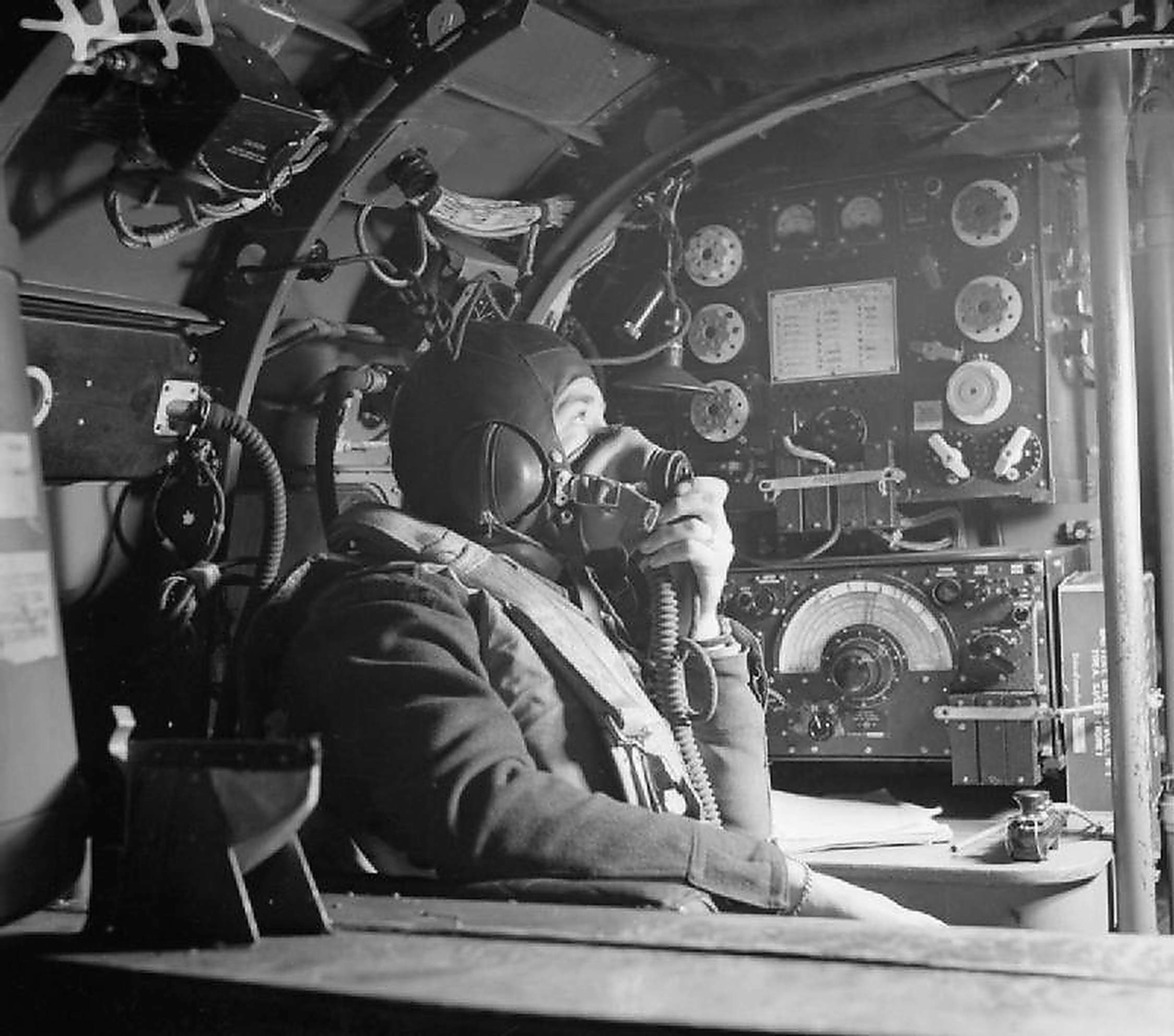
Jun 8, 2022
Steel Division 2 - [EUG] MadMat
Hello commander,
Good news! We finally have a release date for the long-awaited Nemesis: Raid on Drvar. Muster your troops as the newest DLC for Steel Division 2 is going to be hitting the Steam store page next week, Thursday, the 16th of June.
Keep reading to find out more!
First off: we want to share with you our apologies for the delay in getting Nemesis: Raid on Drvar in your hands. Next to continued developmental issues, the DLC took much longer than expected.
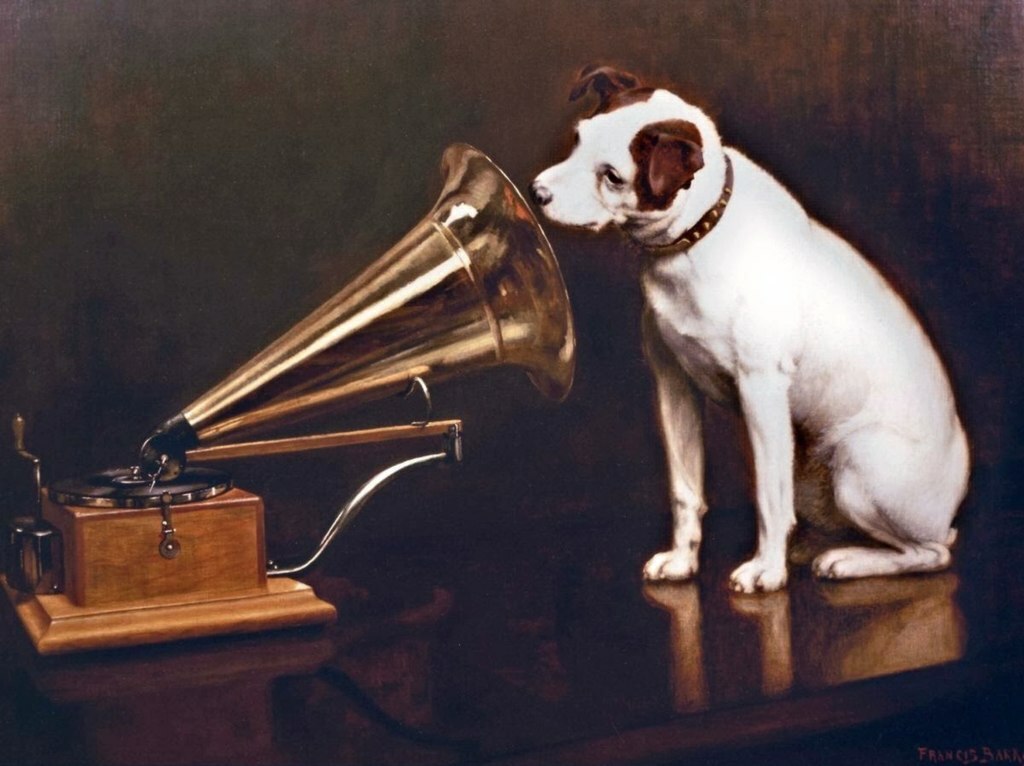
This is also one reason we didn’t publish anything last week. We wanted to make sure that the Nemesis: Raid on Drvar was ready to go when we would share something with you!
So, what can you expect from Nemesis: Raid on Drvar? The newest Steel Division 2 DLC features two brand-new battlegroups, taking the player into one of World War II's most unusual airborne operations: the ambitious Axis air assault to neutralize Yugoslav partisan leader Tito in the spring of 1944.
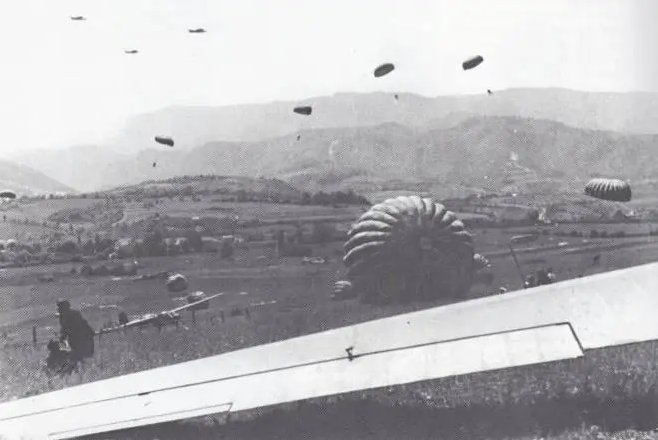
Unternehmen Rösselsprung - Operation Knight’s Move - was Nazi Germany’s daring paratroop raid, deep inside the partisan-controlled territory, to deliver a stunning coup de main strike. Instead of a checkmate, Tito and his guerilla forces successfully resisted the elite SS paratroopers, mountain soldiers and Croatian ground troops.
Nemesis: Raid on Drvar gives you the command of two unique battlegroups in skirmish or online multiplayer: the Axis airborne troops of Unternehmen Rösselsprung and the partisan forces of the Yugoslav NOV. New units include fanatical SS-Fs-Jäger and SS Gebirgsjäger, Croatian Domobran, partisan Snajper, or British SOE special forces.

Command unique units such as the homemade Yugoslav Partop infantry heavy mortar, M.28 heavy AA gun, Aufk. Panzer II F or the L35 tankette. The sky is filled with Croatian-controlled BH-33E-SHS biplane, pre-war Yugoslav IK-2 fighter, the Ca.310bis Libeccio bomber, or Allied-flown tank killer Hurricane Mk IV Vickers and South African Ventura GR.V bomber.

It’s been a while since we last let the spotlight shine on Nemesis: Raid on Drvar. If you want to read up on all the juicy details, from history to the new toys you get to play with in Steel Division 2, look no further!
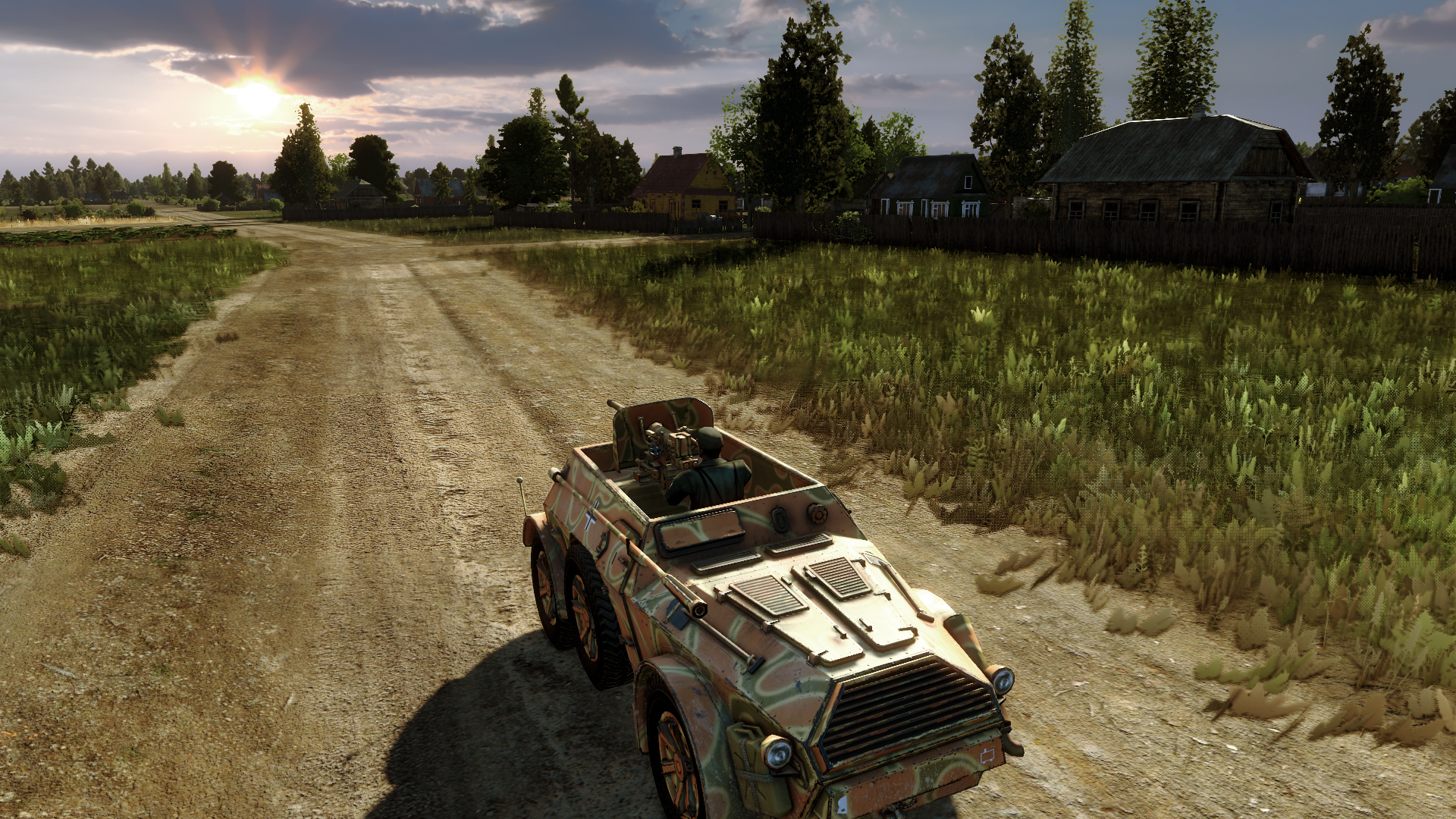
Get ready for Nemesis: Raid on Drvar’s launch next week Thursday. Until then, take care and keep calm, cool, and collected, commander!
Don’t forget to cast an eye on our Steam forums and Instagram if you want to keep up to date with the latest Steel Division 2 has to offer. Looking for an online game? Visit the Discord server or Reddit page and get involved with the lively Steel Division 2 community!
See you on the battlefield.
Good news! We finally have a release date for the long-awaited Nemesis: Raid on Drvar. Muster your troops as the newest DLC for Steel Division 2 is going to be hitting the Steam store page next week, Thursday, the 16th of June.
Keep reading to find out more!
A mea culpa
First off: we want to share with you our apologies for the delay in getting Nemesis: Raid on Drvar in your hands. Next to continued developmental issues, the DLC took much longer than expected.

This is also one reason we didn’t publish anything last week. We wanted to make sure that the Nemesis: Raid on Drvar was ready to go when we would share something with you!
Nemesis: Raid on Drvar
So, what can you expect from Nemesis: Raid on Drvar? The newest Steel Division 2 DLC features two brand-new battlegroups, taking the player into one of World War II's most unusual airborne operations: the ambitious Axis air assault to neutralize Yugoslav partisan leader Tito in the spring of 1944.

Unternehmen Rösselsprung - Operation Knight’s Move - was Nazi Germany’s daring paratroop raid, deep inside the partisan-controlled territory, to deliver a stunning coup de main strike. Instead of a checkmate, Tito and his guerilla forces successfully resisted the elite SS paratroopers, mountain soldiers and Croatian ground troops.
Nemesis: Raid on Drvar gives you the command of two unique battlegroups in skirmish or online multiplayer: the Axis airborne troops of Unternehmen Rösselsprung and the partisan forces of the Yugoslav NOV. New units include fanatical SS-Fs-Jäger and SS Gebirgsjäger, Croatian Domobran, partisan Snajper, or British SOE special forces.

Command unique units such as the homemade Yugoslav Partop infantry heavy mortar, M.28 heavy AA gun, Aufk. Panzer II F or the L35 tankette. The sky is filled with Croatian-controlled BH-33E-SHS biplane, pre-war Yugoslav IK-2 fighter, the Ca.310bis Libeccio bomber, or Allied-flown tank killer Hurricane Mk IV Vickers and South African Ventura GR.V bomber.

Some additional reading
It’s been a while since we last let the spotlight shine on Nemesis: Raid on Drvar. If you want to read up on all the juicy details, from history to the new toys you get to play with in Steel Division 2, look no further!
- A preview of the Axis battlegroup Unternehmen Rosselsprung in this blog post here.
- The Allied partisan army of NOV gets highlighted in a blog post, which you can read here.
- We ran a detailed breakdown of the Air Forces featured in the Nemesis: Raid on Drvar in this dedicated blog post here.

Until next week
Get ready for Nemesis: Raid on Drvar’s launch next week Thursday. Until then, take care and keep calm, cool, and collected, commander!
Don’t forget to cast an eye on our Steam forums and Instagram if you want to keep up to date with the latest Steel Division 2 has to offer. Looking for an online game? Visit the Discord server or Reddit page and get involved with the lively Steel Division 2 community!
See you on the battlefield.




